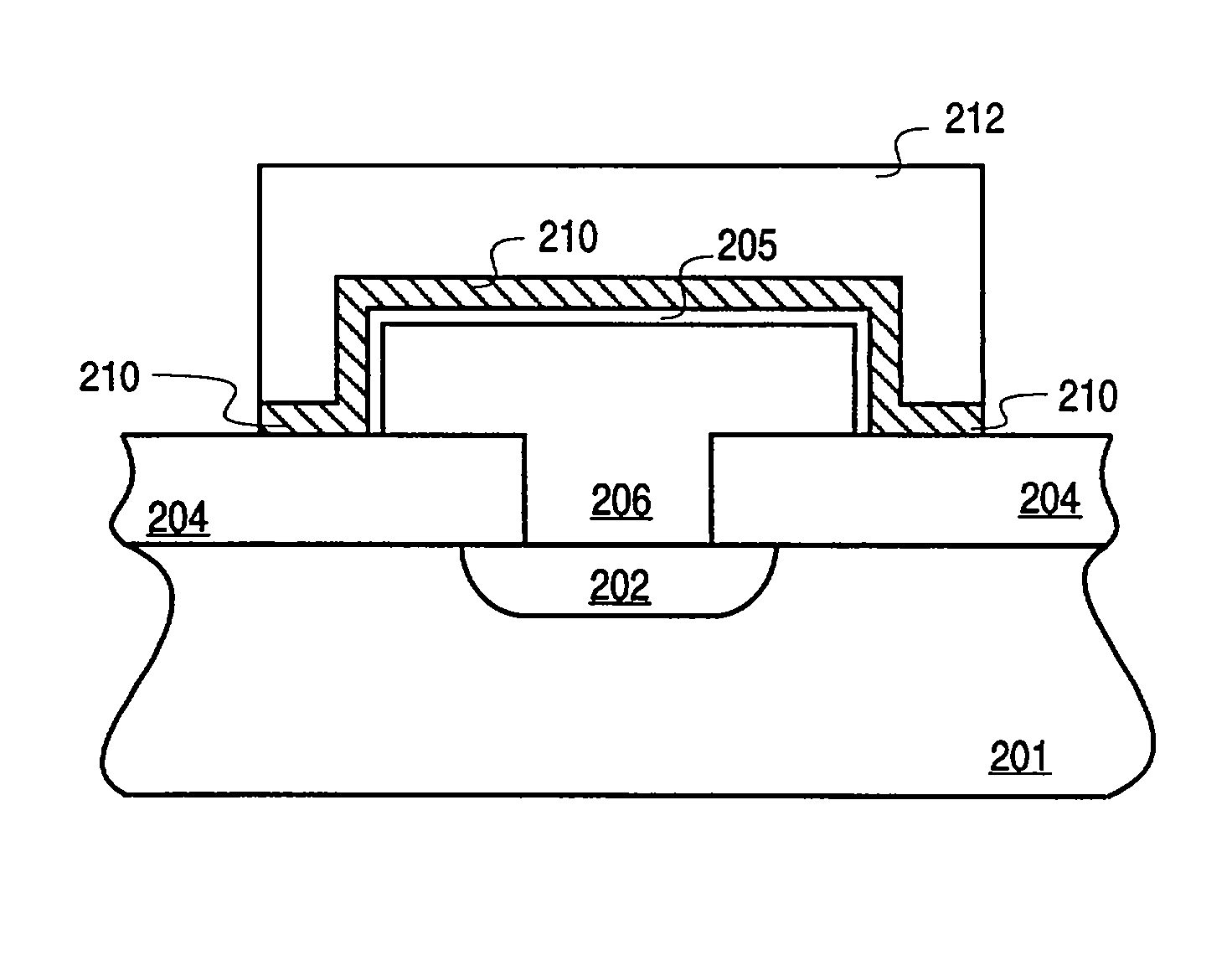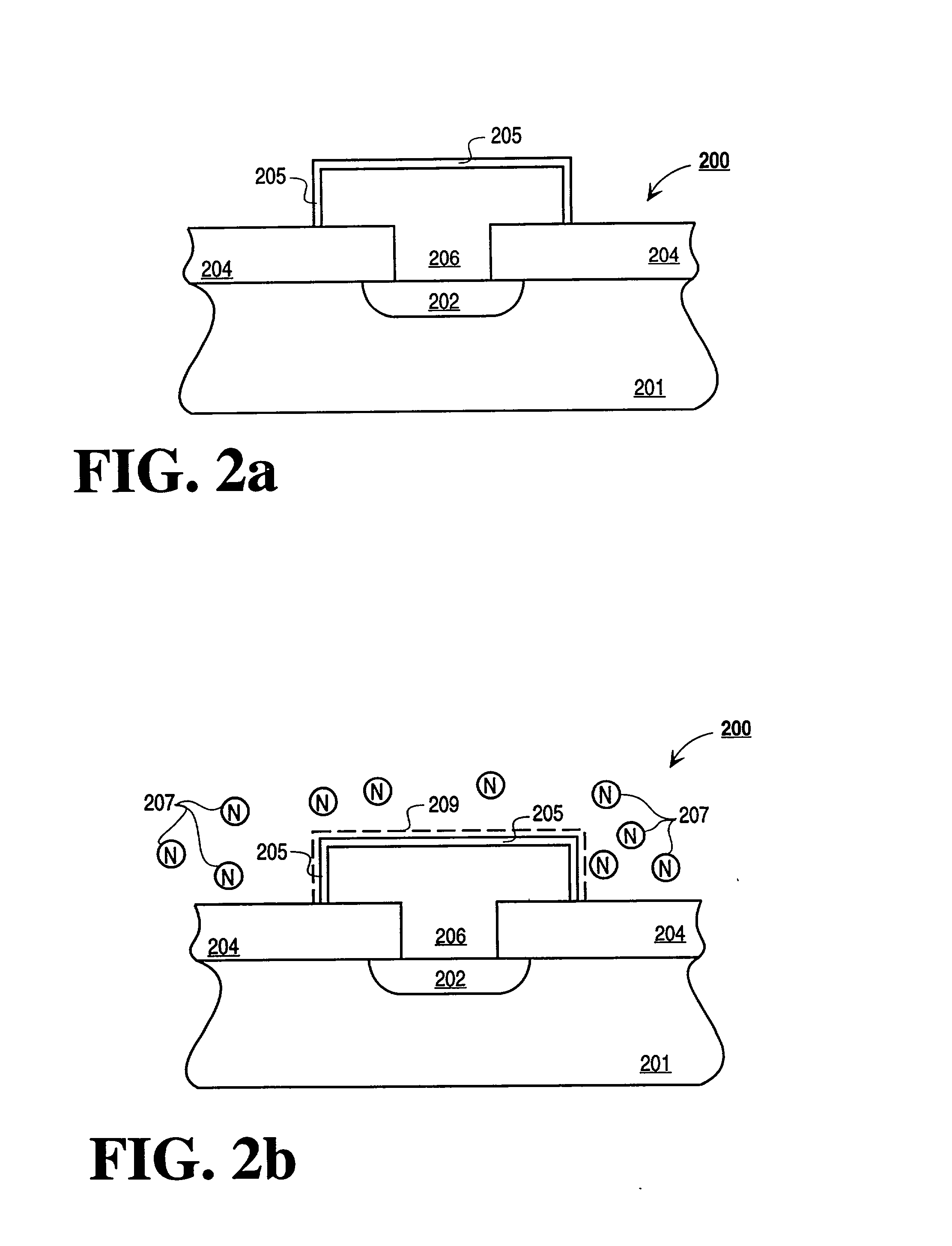Method and apparatus for the formation of dielectric layers
a dielectric layer and dielectric film technology, applied in the field of dielectric formation, can solve the problems of poor electrical performance, high leakage current, and preventing the use of high temperature processing
- Summary
- Abstract
- Description
- Claims
- Application Information
AI Technical Summary
Benefits of technology
Problems solved by technology
Method used
Image
Examples
Embodiment Construction
[0022] The present invention describes a novel method and apparatus for annealing a dielectric film. In the following description numerous specific details such as specific equipment configurations, and process parameters are set forth in order to provide a thorough understanding of the present invention. One skilled in the art will appreciate the ability to use alternative configurations and process details to the disclosed specifics without departing from the scope of the present invention. In other instances, well known semiconductor processing equipment and methodology have not been described in detail in order to not unnecessarily obscure the present invention.
[0023] The present invention describes a novel method and apparatus for passivating and / or annealing films. According to the present invention highly reactive atomic species are used to nitridate, passivate, deposit and anneal films. The highly reactive atomic species are formed in a plasma created by exposing an anneal g...
PUM
| Property | Measurement | Unit |
|---|---|---|
| temperature | aaaaa | aaaaa |
| temperature | aaaaa | aaaaa |
| temperature | aaaaa | aaaaa |
Abstract
Description
Claims
Application Information
 Login to View More
Login to View More - R&D
- Intellectual Property
- Life Sciences
- Materials
- Tech Scout
- Unparalleled Data Quality
- Higher Quality Content
- 60% Fewer Hallucinations
Browse by: Latest US Patents, China's latest patents, Technical Efficacy Thesaurus, Application Domain, Technology Topic, Popular Technical Reports.
© 2025 PatSnap. All rights reserved.Legal|Privacy policy|Modern Slavery Act Transparency Statement|Sitemap|About US| Contact US: help@patsnap.com



